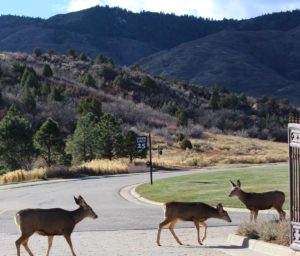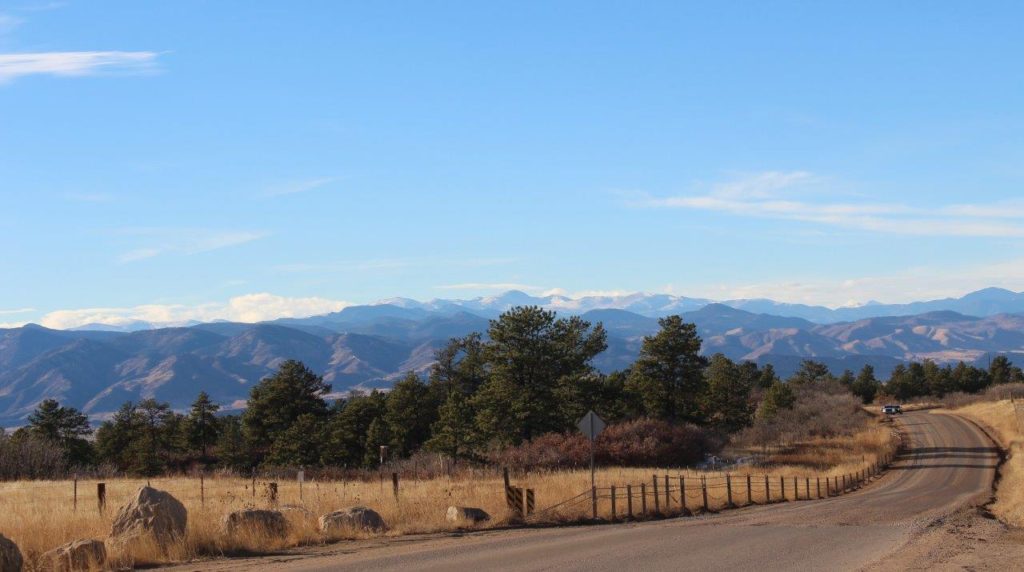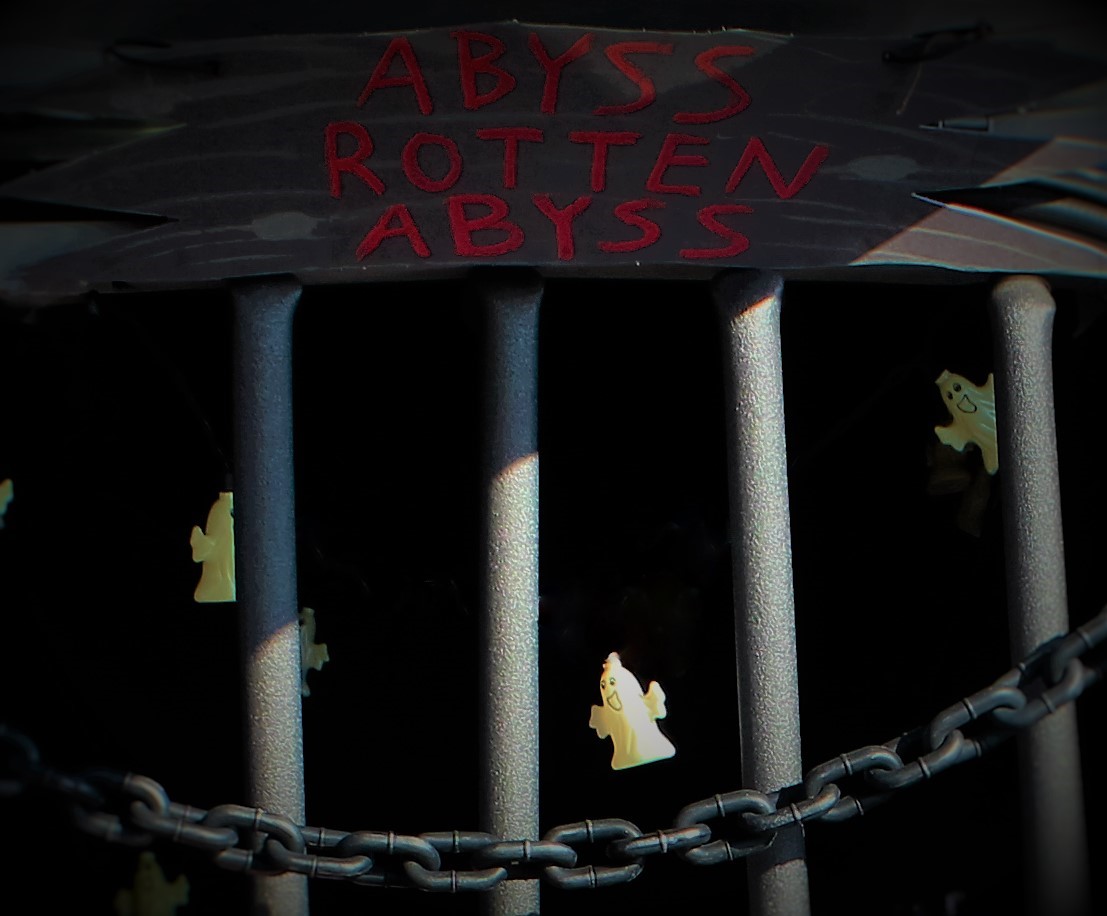The Caribbean Sea smashed onto shore with nearly the same intensity as a migraine I woke with. “Stay . . . Rest a little longer . . . Warmth and the sunshine are good for you.” The self-indulgent temptation to remain in Aruba sang to me like a siren and fought hard to keep me firmly planted in paradise. A pounding headache was just a ploy to keep me from confronting my reality: my respite was over. Home—snow-covered, below zero, Michigan—beckoned. There was only time left to finish packing, shower, check-out, and drive to the airport. Rebellious, I drowned the pain with two Excedrin so I could make my way, once more, to the beach. I couldn’t fathom leaving without taking a picture of the spectacular sand sculpture that had been finished the day before.
Cathy and Heidi, my friends and travel companions, returned from a short walk and said there was a problem. During the night, the selfish tide had reached its gnarly fingers onto shore to reclaim raw materials it wanted back. Bit by bit, the ocean defiantly picked apart the seventy hours of craftsmanship that Marc Mangia had spent in building a story out of the sand.
I rushed to the shore. Marc wasn’t in sight, but other early risers were nearby, under the shade of their palapas. Five-gallon, white plastic buckets still held sand in them from days before and rested near Marc and his wife Debbie’s lounge chairs. Even in a state of collapse, the sand sculpture was impressive. One man walked slowly around the display and videotaped it from every direction. I sat close by so I could watch the reactions of others and hear their comments about Marc’s rapidly dilapidating creation.
“What a shame.”
“How awful.”
“That’s too bad.”
“It looks like the ruins of ancient Greece.”
All comments were tinged with pain as if the onlookers to the tragedy had spent their vacations transforming nature into another art form.
“No wonder Marc isn’t anywhere to be seen,” I thought. “He must be devastated, witnessing the erosion.” But when he came forward, it was clear that, all along, he understood the impermanence of his craft. He quietly conceded, “What can I do? It’s the way it is.”
Initially, the passersby seemed more disappointed in the destruction than Marc, who didn’t outwardly convey how he was feeling. He told me that he had never before seen his work wash away. Usually, his pieces hold together long after he finishes his vacation and returns home to Ohio, where he’s a carpenter and business owner. Once, another vacationer sent him an e-mail to tell him that his work was still standing two weeks later.
I continued talking with Marc and watched him closely. Fighting an ache in his back that had plagued him for days, he stooped down to his knees once again. This time, he wasn’t adding a fine detail—chiseling miniature bricks; hollowing out windows; carving his name above a doorway. He bent down so he could reach a perfectly intact, miniature clay pot that had been pushed out of place by unruly waves. Marc gently lifted the pot and repositioned it to higher ground—on the steps of an arch that were half-gone. He prolonged the life of this one tiny remnant.

Not an artist, not a sculptor, Marc Mangia is a talented hobbyist who inspires people of all ages to play in the sand.
Marc next picked up a damaged and unidentifiable part of his masterpiece. He stood to show it to me. He explained that the outer covering was made from one part glue mixed with nine parts water. The concoction was gently sprayed to seal in moisture so the sand structure would hold together longer. He crushed the clump gently between his fingers, and I could see the fine sand underneath the outer surface. He handed some to me so I could squish it too. The outside consistency resembled icing on a cake—once the icing has been exposed to air for awhile and gets a little firm or stale. Inside, the sand was still moist and powdery. It crumbled easily.
“In the fifteen years we’ve been coming here, I’ve never seen the water come up this high,” he said.
Comparably, this was my sixth visit to Aruba and first time meeting The Aruba Sandman. On the first night of this trip, Cathy and I had arrived at the Marriott Ocean Club in time to make it to the beach for sunset, but Marc’s partially completed sand sculpture stole our attention away from the setting sun. Reaching up about five feet towards heaven, a lighthouse was the focal point and served as the foundation for the rest of the display. A spiral staircase wound its way up one side of the beacon. Another set of stairs was carved into its rocky-looking base. Beneath an arch that connected the lighthouse to a clock-tower was a small fishing boat.
The creation looked so perfect that I initially thought it was made of plastic, like the three-foot high chess pieces laid out by Marriott for the vacationers to wile away their time. With closer inspection and considering the sign that requested, “Take pictures, but please don’t touch,” I realized that the sand sculpture was amazing.
That same evening, a father and son walked up and admired yet another feature—a church. Marc pulled out a picture of the island’s Alta Vista Chapel, showed it to the boy, and explained that this part of the sculpture was a replica of the church located nearby on the island.
Cathy and I examined the intricate design further. Detailed attention had been given to each part of the sandy display. Plastic, flameless, tea-light candles had been added for night-time ambiance. It was easy to visualize the hustle and bustle of a busy seaside town and imagine its residents hurrying home after a long day of work. Anchor the boat, cross over the bridge, stop in the chapel to light a candle, and get home before nightfall.
In a jealous attempt to earn back our admiration, the night sky could wait no longer to boast of its beauty. Clouds blocked the sun and hid it from view, but it wouldn’t go down without a fight. It squeezed in between every soft crevice it found and exploded with a fury. Reds, oranges, yellows and blues lashed out and burned away the daylight in a fiery glow. “One of the nicest sunsets I’ve seen,” was spoken out loud by many, including me.
“How did you get started in sand-sculpting?” I asked Marc.
“My wife and I spend a lot of time on the beach, and I just got sort of antsy. I started playing in the sand. I figured it out on my own throughout the years. What’s funny is that I recently spent time watching others so I could learn their techniques. But they weren’t doing anything different from what I was doing.”
Those of us who appreciate Marc’s talent disagree: That’s not so, Mr. Sandman. Not so.

![Palumbo, Fred, photographer. [Gypsy Rose Lee, full-length portrait, seated at a typewriter, facing slightly right/ World Telegram & Sun photo by Fred Palumbo]. 1956. Image. Retrieved from the Library of Congress, https://www.loc.gov/item/94511004/. (Accessed January 06, 2017.) Palumbo, Fred, photographer. [Gypsy Rose Lee, full-length portrait, seated at a typewriter, facing slightly right/ World Telegram & Sun photo by Fred Palumbo]. 1956. Image. Retrieved from the Library of Congress, https://www.loc.gov/item/94511004/. (Accessed January 06, 2017.)](http://deadwoodwriters.org/wp-content/uploads/2017/01/Gypsy-Rose-Lee-1-819x1024.jpg)







